Our team currently provides technical and operational support for an OTT financial network based in Chicago.
We designed the technical facilities, created the show formats, and currently provide the technical and creative staff needed to support the ongoing network operations.
When the network first launched, we were producing 3 hours of live content per day. This has since expanded to 9 hours of daily content, Monday through Friday.
When our client recently expressed an interest in adding new programming from New York, we had to engineer a technical solution.
We turned to a REMI production workflow.
The decision to go with REMI production
To launch the New York program, we knew we couldn’t build a new technical facility. This wouldn’t be economically viable – especially for just one program.
Luckily, our client had an existing relationship with the Nasdaq Studio in Times Square. This relationship allowed us to leverage the technical infrastructure at the Nasdaq to support the new program.
Knowing that we could rely on the Nasdaq Studio for the technical infrastructure, the next step was to find a team to support the program.
We hired additional producing staff in New York specifically to support the new show. But when it came to the technical crew, we were hesitant to hire new staff.
We were able to get maximum productivity out of our producing staff based on the timing of the show. Producers could spend the first half of their day making final preparations for the mid-day program. Then, the second half of the day was spent prepping for the next day’s show.
When it came to the technical team, we knew that we only needed 1-2 hours of support per day. Hiring an engineering staff in New York didn’t make much sense. Especially with a full-time team of engineers available in Chicago.
This made the decision to go with a REMI production workflow fairly easy. The next step was to design a workflow that would allow us to control much of the Nasdaq Studio from our Chicago control room.
The technical workflow
From Chicago, we feed all content via two LiveU-220 encoders to a LiveU-2000 decoder. All on-set monitors walls, teleprompters, and program returns are fed from our Chicago control room. 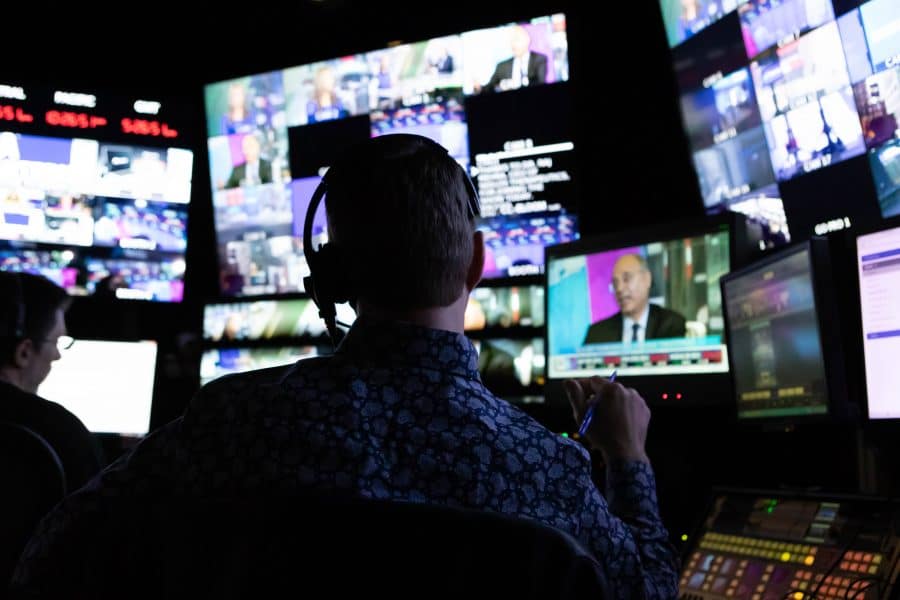
Comms and IFB are integrated between the two control rooms via phone lines. All cameras are cut from the Nasdaq Studio. The line cut is sent back to our control room in Chicago, where graphics and playback are integrated into the show. Our Director in Chicago has full communication with the control room in New York, as well as talent and camera operators.
Currently, we have three feeds from NYC to Chicago – two via LiveU and one via Encompass. The three feeds include the main program feed, backup feed, and jib camera. We also have five feeds from Chicago to NYC via LiveU and Encompass. This allows the network to take advantage of their existing infrastructure, keep costs down, and have full redundancy on all feeds.
Why REMI was the way to go
While REMI productions are most commonly found in live sports, there are undoubtedly other applications.
Our REMI setup from New York to Chicago proved to be a cost-effective and technically feasible solution. We see this as a technical option that can easily be utilized outside of a sports environment.
With an existing master control already established, the cost to add remote integration from other facilities is incrementally less than building out a local facility.
If you’re interested in learning more about this project or would like to discuss the possibility of rolling out your own REMI setup, our system integration team is happy to help. Contact us at any time.
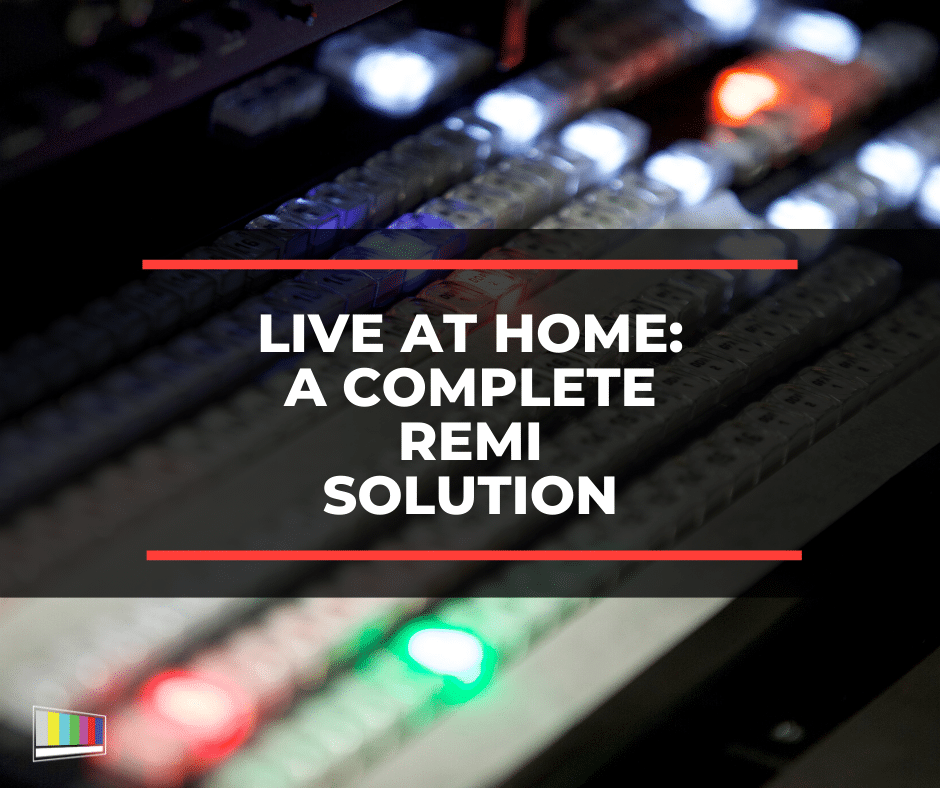

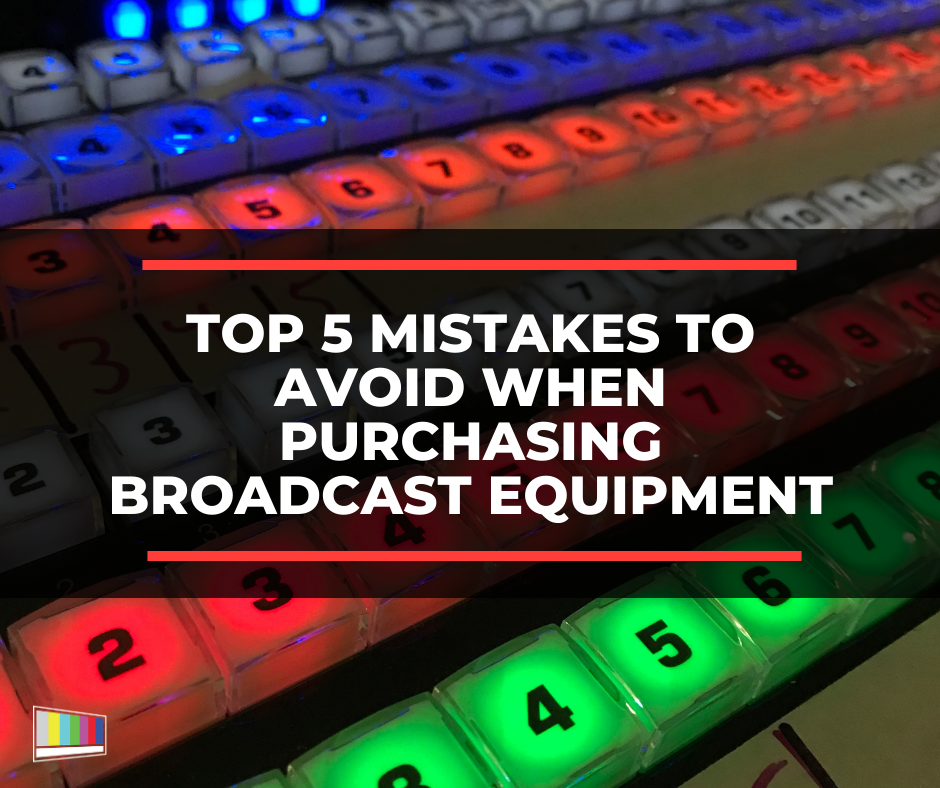
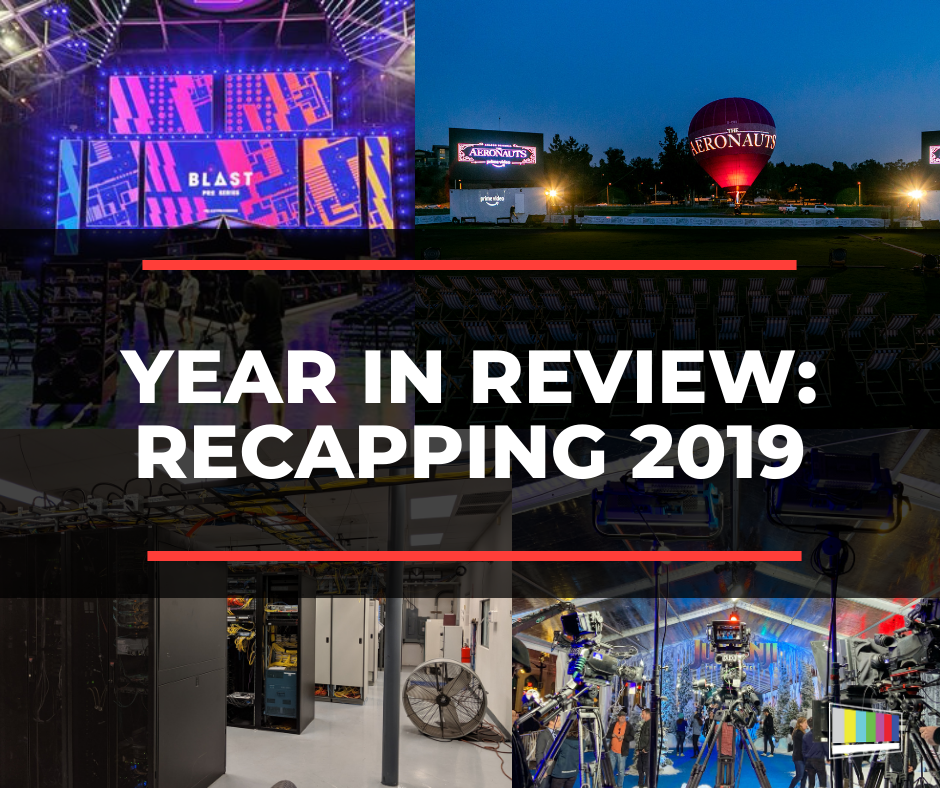


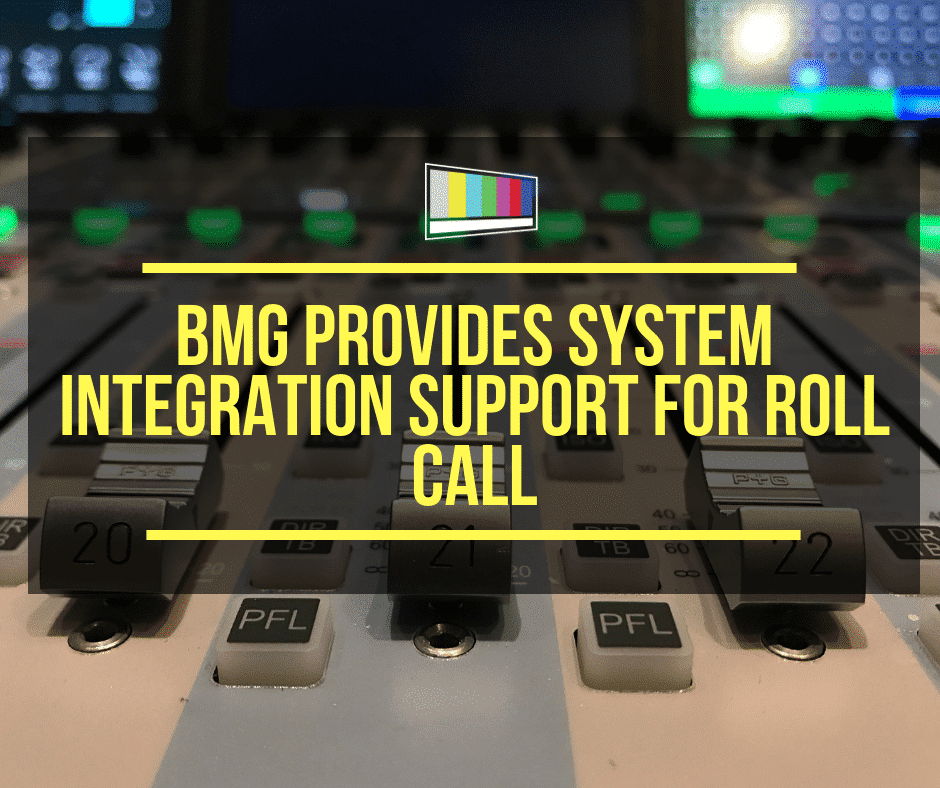
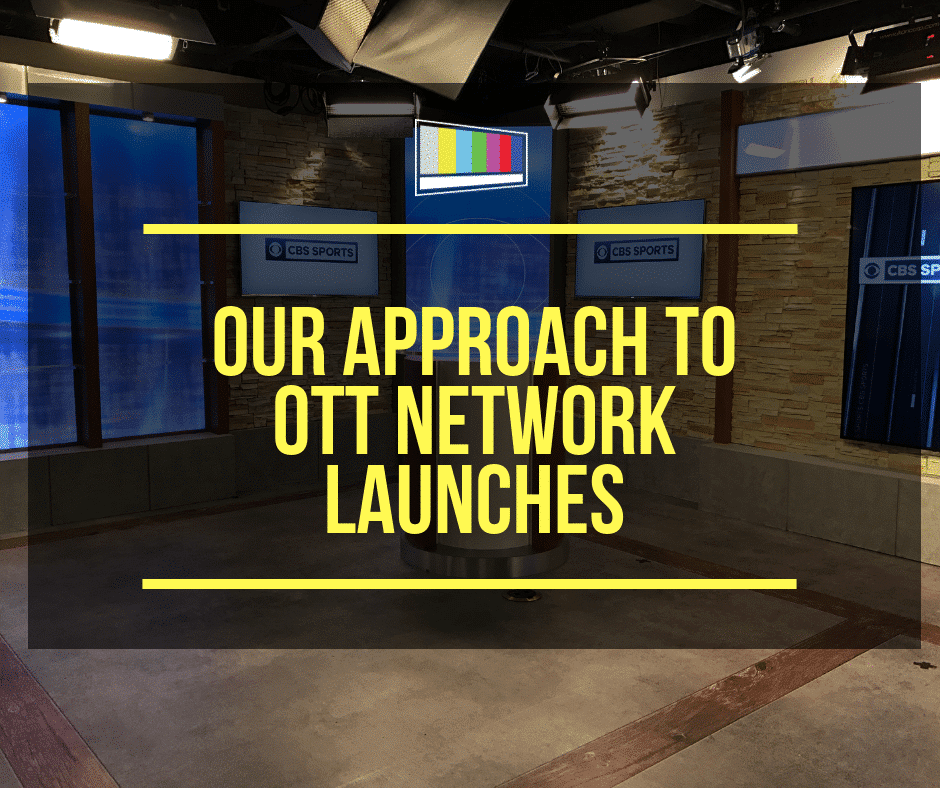

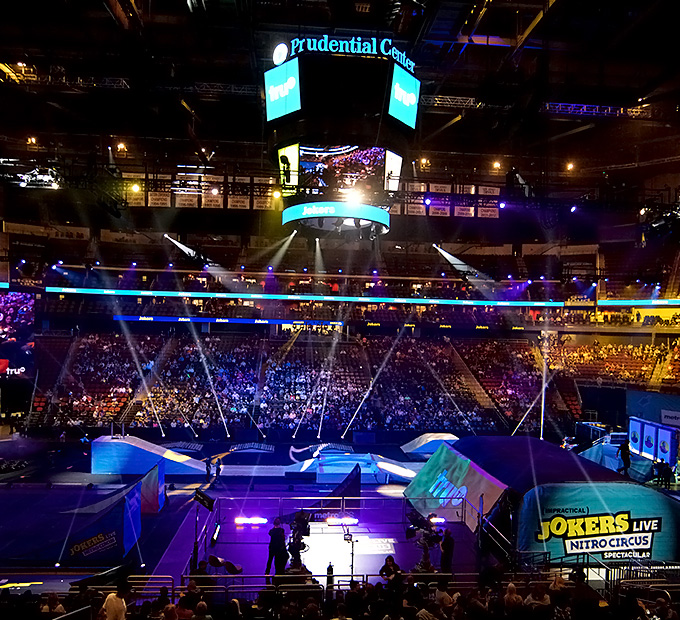
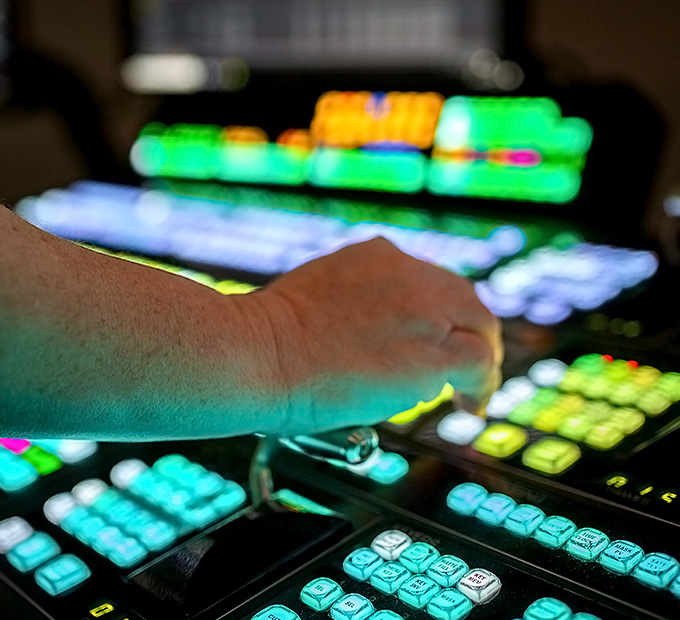
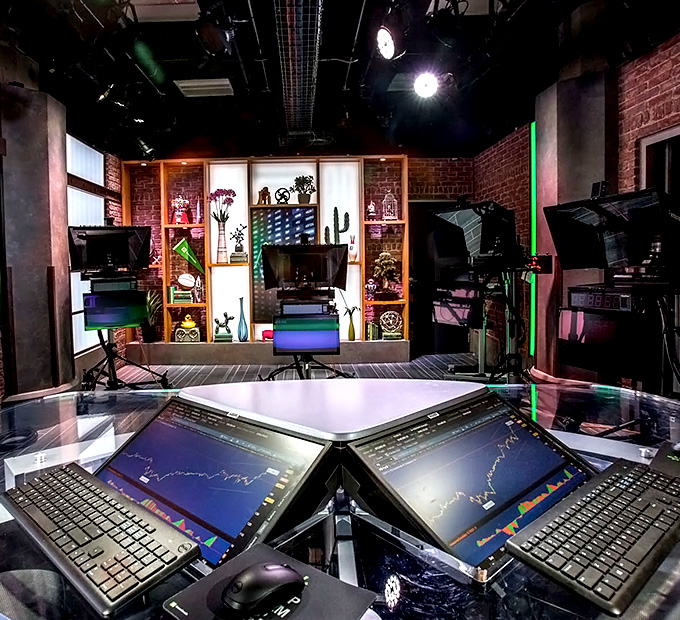

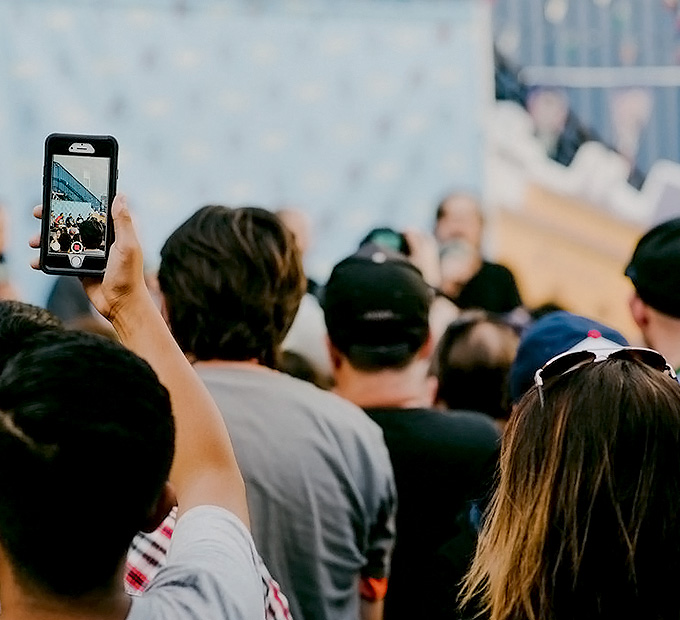
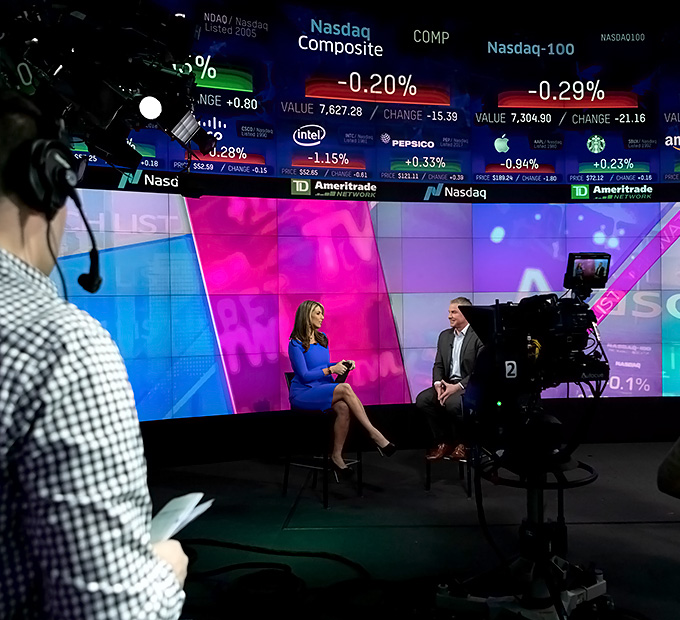
Leave a Reply